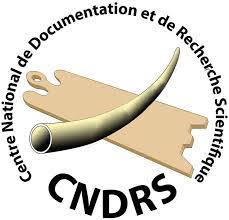ÉCOSPIR: Eco-epidemiology of leptospires endemic to the Indian Ocean: bacteria at risk for human populations?
Leptospirosis is a major public health problem in the Indian Ocean islands. Our previous studies, conducted within a One Health framework, revealed distinct transmission cycles across different Indian Ocean islands, composed of different leptospiral lineages/species and animal reservoirs.





Start date : 30 / 06 / 2016
End date : 31 / 01 / 2022
FEDER/INTERREG financing :
Total project budget: €645
Amount of total FEDER financing: €548
Presentation, objective(s):
Leptospirosis is a major public health problem in the Indian Ocean islands. Our previous studies, conducted within a One Health framework, revealed distinct transmission cycles across different Indian Ocean islands, composed of different leptospiral lineages/species and animal reservoirs.
The ECOSPIR project (i) is deployed on the one hand in a natural environment by supplementing environmental data on insufficiently explored territories (Comoros, in particular) and (ii) by describing the spatio-temporal dynamics of leptospiral infection in populations natural populations of Reunionese bats, and (iii) develops experimental and genomic approaches aimed at identifying the determinants of virulence and host specificity of pathogenic leptospires. All the data generated will make it possible to identify biotic conditions (linked to the biology of reservoir animals) and abiotic conditions (inter-island exchanges) likely to favor the transmission of leptospires to humans.
Partner Institutes and national referents:
Ministry of Health of Seychelles : Léon Biscornet, Doctoral student.
National Center for Documentation and Scientific Research, Moroni, Union of the Comoros:
Yahaya Ibrahim, Conservation Biologist.
The website : ECOSPIR_Fr – UMR Infectious Processes in a Tropical Island Environment
Top of page

